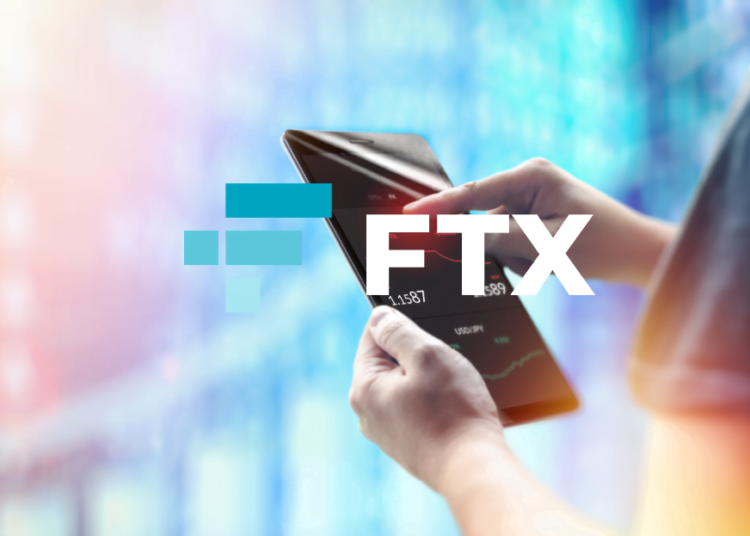- According to Professor Peter Easton during a Wednesday trial hearing, FTX used customers’ deposits to reinvest in businesses, and real estate, and make political contributions thus leaving the exchange with $2 billion against a deposit of over $11 billion.
- Former FTX lobbyist Eliora Katz also testified on Wednesday, where she told the court that FTX’s public statement on investor protection misled the customers, which led to the exchange’s collapse.
The United States Department of Justice (DoJ) hired an accounting professor from the University of Notre Dame, Professor Peter Easton, to shed some light on the Sam Bankman-Fried’s (SBF) ongoing trial. During the trial hearing on Wednesday, Easton took to the stand where he said with utmost confidence that FTX cryptocurrency exchange spent user deposits.
Having closely examined the FTX and Alameda transactions, which were provided in detail by the current FTX team led by Chief Executive Officer John Ray III, Easton told the court that customers’ deposits were reinvested into businesses, real estate, and political contributions.

Accounting Professor Points to FTX Discrepancies that Led to the Collapse
Notably, Easton presented a chart to the court to show the jury the widening gap between the FTX deposits and the exchange’s bank balances over time. Shockingly, Easton highlighted that at the peak of FTX deposits in June 2022, the derailed crypto exchange only had about $2 billion at hand against a whopping deposit of more than $11 billion.
Additionally, Easton showed using the charts that the user’s funds had lost their backing by around March 2021. Moreover, Easton noted that FTX used customers’ funds to purchase Modulo Capital, a Bahamas-based financial firm.
Further into his investigations, Easton noted that FTX customers’ funds were used to invest in SkyBridge Capital, a firm that is led by former Donald Trump’s communications director Anthony Scaramucci. The professor further noted that FTX customers’ funds were used to fund a $550 million investment into Genesis Digital Asset, a Bitcoin mining firm that is different from DCG’s Genesis.
During Wednesday’s hearing, Easton presented a chart that showed how FTX users’ funds were deposited into a bank account controlled by Paper Bird, Inc., an entity that is ostensibly wholly owned by SBF. Lastly, Easton noted that FTX customer’s funds funded the majority of the $100 million investment into Dave Inc., a mobile banking platform, through the Paper Bird firm.
NEW(ish): Peter Easton, forensic accountant and witness for the prosecution at @SBF_FTX’s trial said that of a $45M investment made in @Scaramucci’s SkyBridge Capital in September 2022 by Alameda, around $27M “must have come from customer funds.”
In addition to SkyBridge,…
— Eleanor Terrett (@EleanorTerrett) October 19, 2023
What Next for SBF and FTX Customers
The defendant’s attorneys representing him before Judge Lewis Kaplan will have to present concrete evidence to show that SBF did not commit the said offenses. Moreover, SBF is facing more than 100 years behind bars if found guilty, which makes the case even more personal for his parents who have a deep understanding of the law.
Meanwhile, the FTX customers are hoping more funds will be recovered to maximize the repayment program, which could take longer. Moreover, the team of lawyers and other FTX administrative officers continues to spend millions of dollars per month to help the prosecutors nab SBF in the ongoing trial.
Crypto News Flash does not endorse and is not responsible for or liable for any content, accuracy, quality, advertising, products, or other materials on this page. Readers should do their own research before taking any actions related to cryptocurrencies. Crypto News Flash is not responsible, directly or indirectly, for any damage or loss caused or alleged to be caused by or in connection with the use of or reliance on any content, goods, or services mentioned.
Credit: Source link














































